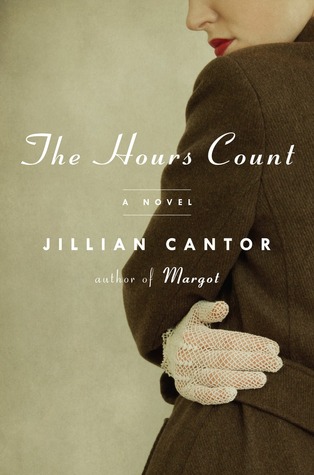
by Yona Zeldis McDonough
Ethel Rosenberg Reimagined in “The Hours Count”
 Although it’s been more than 60 years since Julius and Ethel Rosenberg were executed, their horrifying story still has a powerful hold on the public imagination. As recently as August, 2015, the two sons of the couple wrote an Op-Ed piece in the New York Times that concluded with these words:
Although it’s been more than 60 years since Julius and Ethel Rosenberg were executed, their horrifying story still has a powerful hold on the public imagination. As recently as August, 2015, the two sons of the couple wrote an Op-Ed piece in the New York Times that concluded with these words:
Our mother was not a spy. The government held her life hostage to coerce our father to talk, and when that failed, it extracted false statements to secure her wrongful execution. The apparent rationale for such action—that national security demanded it during a time of international crisis—has disturbing implications in post-9/11 America. It is never too late to correct an egregious injustice. We call on the government to formally exonerate Ethel Rosenberg.
And now there is the publication of The Hours Count, a novel that focuses squarely on the last five years in the life of Ethel Rosenberg. Author Jillian Cantor hewed closely to the facts, but added several fictional characters, including a neighbor, Millie Stein, her Russian husband Ed and her son, David, who at age three is still not talking. Millie is the lens through which we are able to view Ethel in a wholly unexpected way: as wife, mother and friend. Fiction Editor Yona Zeldis McDonough talked to Cantor about why she chose to write Ethel’s story and how she was able to blend the factual with the fictional.
YZM: What drew you to the subject of Ethel Rosenberg?
JC: I came across the last letter Ethel (and Julius) wrote to their sons in an anthology of women’s letters that I’d checked out of the library. One of the last things they wrote is for their sons to always remember that their parents were innocent. Before I read this, I hadn’t thought of Ethel as a mother (her sons were six and 10 when she was executed – very similar to the ages of my own sons) or even as potentially innocent. So I did a little research, and I began to believe that she might actually have been innocent. I wanted to reimagine her as a mother, as a woman who was unjustly taken from her family.
YZM: How did you go about researching the novel?
JC: I read most of the non-fiction that’s been written about the Rosenbergs and their case, as well as many of the prison letters they wrote to each other. I also read a lot about the time period, what it was like to be a mother in the early 1950s, what it was like to live during this part of the Cold War in New York City as a Communist (and as a Jew). I made a giant timeline on the wall of my office before I started writing, detailing every true historical thing I wanted to include between the years 1947 and 1953, and I wrote the fiction around these events.
YZM: Was it hard to craft a story using real characters like the Rosenbergs alongside fictional ones, like Millie Stein and her husband?
JC: Yes and no. It was hard in the sense that I wanted to try to stick to the historical timeline as accurately as I could. But using fictional characters also gave me some freedom to tell the story the way I wanted to. Millie Stein is all my creation, so I could create her life and world and thoughts and actions. I felt this gave me a freedom as a writer that I wouldn’t have had had I stuck only to historical figures.
YZM: Do you feel that there was an anti-Semitic agenda in the conviction of the Rosenbergs?
JC: Do I think it was the only factor? No. But I do wonder if the Rosenbergs hadn’t been Jewish if their story might’ve ended differently.
YZM: You also wrote a novel about Anne Frank’s sister Margot; do you feel historical novels are having a moment right now?
JC: I hope so! I didn’t set out to write either novel with that in mind, but I hope readers are as interested in reading historical novels as I am in writing them.
YZM: What’s next for you?
JC: I’m just finishing up a draft of my next novel. It’s about a stamp engraver in Austria in 1939 who is working with the Resistance, and a woman in L.A. in 1989 who discovers one of his stamps and unravels his secret love story. So, another historical novel! It has been really interesting to explore two time periods/places in one novel this time. And it has also been really fun to revisit 1989 (a year I still vividly remember) as a “historical” time.
The Hours Count was reviewed in Lilith’s Fall 2015 issue. Read the review here.